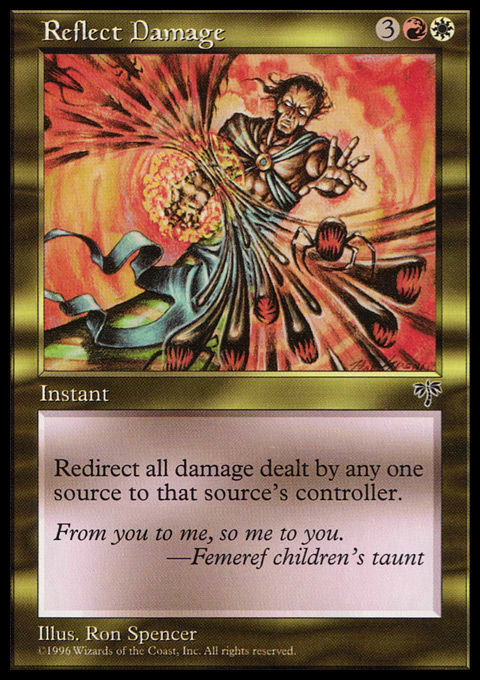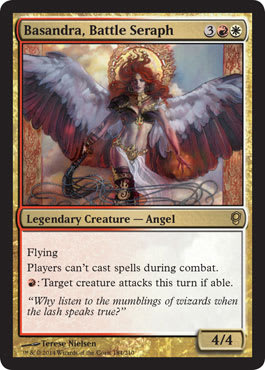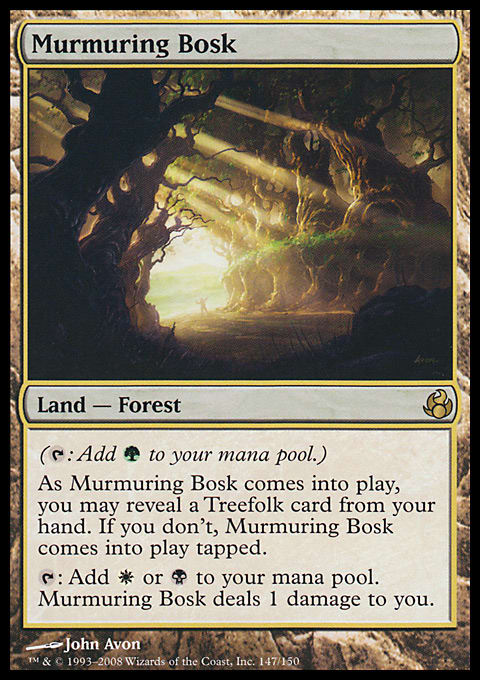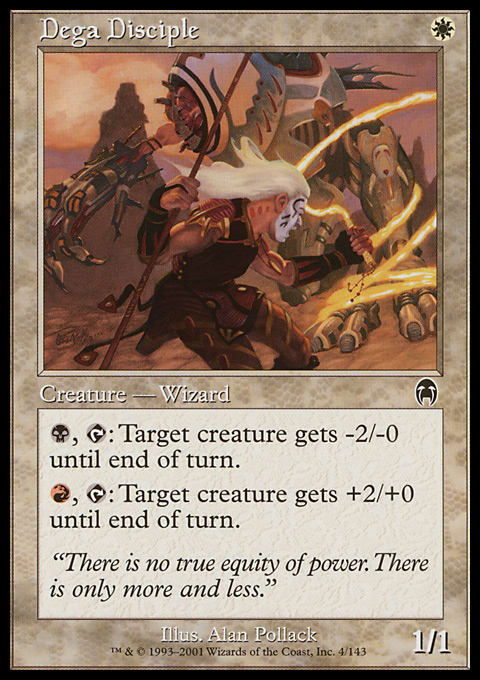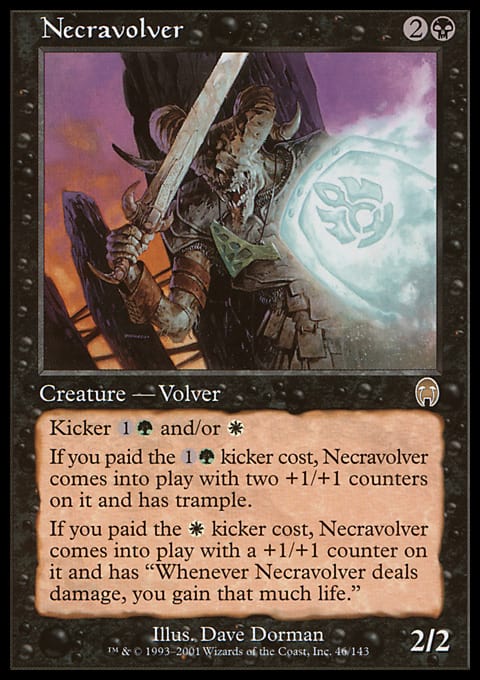Following up my award-winning article from last week,1 in which I previewed the colors if not the actual cards from the upcoming Khans of Tarkir set, today, I’m going to take a look under the hood of two of the coolest wedges in the game, Jeskai (R/W/U) and Sultai (G/U/B). I’m also going to consider some of the cycles from Magic’s history and speculate about what they might mean for Khans. I know we don’t have much hard information right now, but it’s never too early to start planning a new deck. Also, I’m SO! VERY! EXCITED! about the set that I can’t stop thinking about what it means for the wide world of Commander.
Jeskai’s the Limit
Jeskai, a.k.a. Raka, combines red, white, and blue, and I think we all know what that means:

Vive la France!
Just kidding . . . red, white, and blue are, of course, the colors of Great Britain’s noble Union Jack. I’m sure many Americans will be rediscovering their colonial roots with this clan, so don’t be surprised to hear a rousing chorus of God Save the Queen at the prerelease.
Or, given the flavor of Jeskai, perhaps Kung Fu Fighting might be more appropriate. Wizards of the Coast found that the intersection of Boros, Izzet, and Azorius was a bunch of bad-ass martial artists (huh?). But they also made it a gathering of djinns and efreets (yay!), which could easily be the coolest tribes to see major support in a long time . . . even though I just know that someone in my playgroup is going to build a Jeskai deck combining U/R djinns and white healing spells and call it “Djinns and Tonics.”2
Never mind the bollocks, here’s the strategy: Jeskai combines arguably the most powerful Ravnican guild, Azorius, with the searing efficiency of red. They have all the tools they need to dominate the Kitchen Table except for a decent commander. Of the three existing Jeskai wedgends (what the cool kids are calling wedge-colored legends), Ruhan of the Fomori is too random, Numot, the Devastator is either ineffective or so brutally effective that nobody enjoys playing against him, and Zedruu the Greathearted demands a very specific type of deck. In other words, Jeskai hasn’t had a commander that really served to unleash the awesome, but Khans is likely to bring that missing piece of the puzzle.3
This clan is guaranteed to dominate two vital areas—the stack and the sky—so those are your two starting points in deck-building. Build a flying armada, protect it from the wrath of your opponents, and stop anyone else from winning out of nowhere. Windreader Sphinx is likely to fit in here somewhere.
If you want to embrace the flavor of Jeskai more, take that martial arts theme and focus on Aikido, the art of turning your opponent’s energy against him or her. Any fool can cast a Swords or a Holy Day, but only a master can Reflect Damage from an attack, deflect an arrow in flight, or throw attackers back at their enemies. Simple walls are less interesting than a defender so skilled that it can resist any attacker, no matter how powerful. Also, don’t forget to call your opponents “grasshopper” when you sidestep their clumsy attacks.
Finally, it would be interesting to combine Azorius pillow-fort strategies with the many red cards that force your opponents’ creatures to attack. Some cards make it difficult to attack you, such as Illusionist's Gambit, the various Propaganda effects (shout out to Windborn Muse!), or the Vow cycle. More cards make it counterproductive to attack you, such as Dissipation Field, Michiko Konda, Truth Seeker, Isperia, Supreme Judge, Spear of Heliod, any durable lifelinker, and so on. But what will your opponents do if their creatures are forced to attack but they don’t want to attack you? Carnage will ensue, and most of it won’t affect you at all, so make sure you bring popcorn! Here is just a smattering of the cards that can force your opponents to Fight to the Death while you stand on the sidelines:
- Basandra, Battle Seraph
- Heckling Fiends
- Bullwhip
- Courtly Provocateur
- Goblin Diplomats
- Rage Nimbus
- Angel's Trumpet
- Bident of Thassa
- Master Warcraft
- Siren's Call
- Avatar of Slaughter
- Curse of the Nightly Hunt
- Fumiko the Lowblood
- Grand Melee
- Mogis's Warhound
- Uncontrollable Anger
Finally, it’s a deck in which Mass Hysteria is better than Anger or Fervor! In fact, screw it—I’m going to retrofit my Numot deck into one of these right now!
| [BRB] | |
| [AFK] |
Right, now where was I?
Snakes Don’t Pun
Sultai (Ana) could actually be the coolest of the new tribes, and not just because it is the black-aligned clan.4 Sultai is emphasizing a new creature type, the naga, who are funky Snake dudes reminiscent of my old friend Coiling Oracle, and MaRo promised an engine-type mechanic to allow the power-hungry Sultai to achieve their nefarious goals at all costs.
Sultai is one of the color combinations most in need of an identity, as you can see from their previous wedgends. Vorosh, the Hunter would just be a green creature if he didn’t have flying, and The Mimeoplasm could just as easily be Dimir. Damia, Sage of Stone seems to be the best design of the lot, embodying the same win-at-all-costs philosophy alluded to at Comic-Con, but she still wouldn’t be out of place in mono-blue, except for the deathtouch. So far, Sultai has been about playing cool cards and doing evil things to your opponents, which is great, but we kind of need more at this point.
Whoever the Sultai turn out to be, they are likely to be at home with sacrifice and discard, and their green aspect is likely to be expressed through big critters that turn into even bigger critters. As a prospective Sultai deck-builder, this might be the place to start: drawing cards and converting them en masse into resources and a board presence and then feeding off your discarded cards. Obviously, blue’s ability to outdraw opponents is one of its key strengths, but consider what black and green bring to the table. Green’s ramp ensures that you can always cast what you draw, and black’s ability to reanimate whatever you have to discard (to a Greater Good or Compulsive Research, for example) lets you cheat massive creatures into play even faster. Mass draw effects, discarding for value (think Spellshapers, Erebos's Emissary, or Volrath's Dungeon), and Lhurgoyf-type effects make for a potent combination. I don't know if it is possible to build an entire deck full of creatures with power and toughness of */*, but it might be fun to try.
Or you could just go for Snake tribal. Yay Snakes!
Dreams of Tarkir
Wizards has never failed to impress me with their imagination and innovation . . . well, not since Mercadian Masques block anyway. That means that they are very difficult to predict, but history gives us a couple of patterns to look for. Here are my picks for the Khards of Tarkir.
The first thing I’m hoping to see in Tarkir is some continuation of the land cycles from Shards of Alara. Well actually, I’m hoping to see reprints of the Zendikar fetch lands (Verdant Catacombs and so on), but that seems unlikely. I would still be very happy to see a cycle of Panoramas and the so-called tri-lands (e.g. Crumbling Necropolis) in the wedges. Of course, an Abzan tri-land would lead to some interesting questions about Murmuring Bosk, which is currently the only wedge-colored land in the game. Is the Bosk worse than a tri-land because it pings you to make black mana or is it better because it’s a Forest and can therefore be searched up more easily? Or would I just shut up and accept any help I can get for my wobbly, wedgy mana base?
But the big guns are the Ultimatums. Cruel Ultimatum was a tournament mainstay, and it has a very important place in almost any Grixis Commander deck, but Violent Ultimatum and Titanic Ultimatum are also Commander staples, and even Brilliant Ultimatum is worthy of consideration (Clarion Ultimatum doesn’t really work in a Highlander deck, but screw Bant). Now imagine what kind of power you might be able to unleash with Abzan Ultimatum, and you’ll understand why I’m so excited about this set. At the very least, I’d expect something akin to Sepulchral Primordial’s ability in sorcery form, which would actually make me happier than the Primordial does!
Our sole spoiled card, Zurgo Helmsmasher, also gets my synapses firing. He is obviously an awesome wedgend, far more representative of the wedge colors than any of his predecessors, but if you look closely, you’ll see that he represents the Chinese take-out model of gold card design: one from column A (haste/must attack), one from column B (invulnerable when attacking), and one from column C (the old Sengir Vampire ability). Now, this might not mean anything, but it might mean that we have space for two legendary creatures in each wedge. Look back at the first Ravnica set, and you’ll see what I mean. Each guild in Ravnica saw two legends; one was a simple color-A-ability-plus-color-B-ability design (Agrus Kos, Wojek Veteran, Circu, Dimir Lobotomist, Savra, Queen of the Golgari, Tolsimir Wolfblood), and the other was a more synergistic blend of the two colors (Chorus of the Conclave, Razia, Boros Archangel, Sisters of Stone Death, Szadek, Lord of Secrets). The rise of Commander means that Wizards is under pressure to deliver more legendary creatures, and while some sets have been stingy with the legendary love (Shards of Alara featured two mythic rare creatures in each shard, but only one was legendary), I’m fairly confident the Khans will give us two legends per wedge, possibly using the Ravnica model.
Another option is that we would see one wedgend emphasizing the base color and another more balanced wedgend representing all three colors. Even a mono-white wedgend with black and green activated abilities could still command a wedge deck.
Looking back to Apocalypse, the possibility of mono-colored cards with off-color activations or triggers is intriguing; consider Dega Disciple and Dega Sanctuary as examples of this design space. The Disciples were a cycle of mono-colored cards with opponent-color activations, whereas Khans would require one allied- and one opponent-color activation (e.g. a red Mardu Disciple with white and black activated abilities). Such a card could only be played in a Commander deck with a Mardu color identity, which makes the Sanctuary model more interesting.
Dega Sanctuary is a white card that provides a small boost to a guild deck and potentially quite a sizable boost in a wedge deck. A hypothetical Mardu Sanctuary would be a red card that becomes “turned on” by white or black permanents, and it goes to full power if you control one of each. Other options would be a similar mechanic that works with lands (like a Kird Ape) or opening it up to three abilities. Consider something like this:
|
Mardu Doesn’t Need Sanctuary Uncommon
Enchantment At the beginning of your upkeep, you may destroy target artifact. If you control a white permanent, you may also destroy target enchantment. If you also control a black permanent, you may put any permanents destroyed this way onto the battlefield under your control.
|
The great news for Commander players is that this is just a red card, so it can be used outside of wedge decks.
The Volvers (be very careful how you spell that) were perhaps the most groundbreaking cycle of wedge cards in Apocalypse, and it would be great to see Wizards taking a second run at them. The Volvers were kicked creatures, and we know that kicker won’t be returning in Khans, but some variant on them could be interesting. Brandon discussed them more in his Tour de Cards series, but from what I can tell, the only reason Volvers aren’t played is that they're a little too complex. They certainly hold their own in terms of power, and their flexibility can be a real boon in the early game.
Finally, let’s consider the possibility of hybrid mana. To the best of my knowledge, there has never been a card with different hybrid mana symbols. There were three-colored hybrid mana cards such as Slave of Bolas in Alara Reborn, but these were designed to make the cards playable in two-colored decks (e.g. you can enslave an angel for ![]()
![]()
![]() or
or ![]()
![]()
![]() , but you can't do it for
, but you can't do it for ![]()
![]()
![]() ). Tarkir might be the perfect place to open hybrid up to more three-color variations; consider a card like this:
). Tarkir might be the perfect place to open hybrid up to more three-color variations; consider a card like this:
|
Mardu Charm Uncommon
Instant Choose one — Exile target creature; or exile target artifact; or exile target enchantment.
|
Pretty standard stuff, right? Now imagine if the cost were ![]()
![]()
![]() , allowing you to cast it before you’d played a land of your third color! Instead of charms that cost ABC, you could cast them for any combination of AAB, AAC, BBA, BBC, CCA, or CCB. That sort of flexibility could be a significant advantage over traditional Charms—in addition to breaking new ground in the game.
, allowing you to cast it before you’d played a land of your third color! Instead of charms that cost ABC, you could cast them for any combination of AAB, AAC, BBA, BBC, CCA, or CCB. That sort of flexibility could be a significant advantage over traditional Charms—in addition to breaking new ground in the game.
Tender Loving Tarkir
The concept alone virtually guarantees that Khans of Tarkir will be a great set, and for once, Commander players are going to get more out of it than the tourney crowd. If you’ve never built a deck around a wedgend before, get started now! If you are a veteran Commander player who has seen all the wedgends come and go, your challenge is to look beneath the particular wedgends to see the flavor and mechanical cores that unite them. Mardu is more than Kaalia of the Vast, Temur is more than Riku of Two Reflections, and Sultai is (hopefully much!) more than Vorosh, the Hunter. I can’t wait to start rediscovering some of my favorite color combinations!
1 That may technically be a lie.
2 It will probably be me.
3 Jeskai has done far better with nonlegendary cards; Lightning Angel was the best in the cycle of Apocalypse wedge cards. They also got two split cards (Odds // Ends and Catch // Release), both of which are highly playable, and you could even take a chance with Wild Research and Illuminate if you like.
4 Each clan corresponds to a color, but curiously, Wizards decided to make it one of the two allied colors. Regrettably, that means my beloved Abzan is primarily white rather than black. Godammit, how can they do that to me!?














